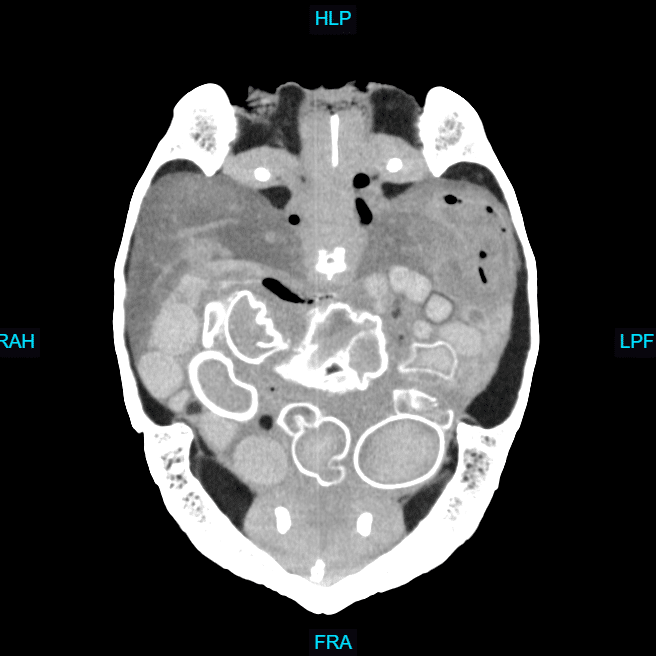July 12th marks Julius Caesar’s 2124th birthday. Medically, this date is important because a common surgery, the Caesarean section, is named in Mr. Caesar’s honor, even though there’s no proof he was delivered through this surgery. Often referred to as a C-section, this surgery is performed when offspring are delivered through an abdominal incision rather than through the birth canal. The word “offspring” is a calculated decision on my part. C-sections are common in human medicine, but veterinarians will also deliver puppies, kittens, calves, lambs and the occasional bird or turtle via a C-section. C-section surgery is as important to animal health as it is to human health.
Canine C-sections
Certain breeds of dog—such as chihuahuas, French bulldogs and pit bull-type dogs—are at risk for difficult birth (known as “dystocia”), and these breeds frequently undergo C-section by AMC’s Surgery Team. A new publication confirms this clinical experience. Mother chihuahuas tend to have one very large puppy, which easily gets stuck. French bulldogs, or any brachycephalic dog, have heads that are too big to naturally pass through the birth canal, and a C-section is required for delivery.
Turtle and Bird C-sections
I know what you’re thinking. How can a veterinarian do a C-section on an animal that lays eggs? Well, just like animals that give birth to live young, eggs can get stuck in egg-laying mothers. The common name for this condition is “egg bound,” and it is a type of dystocia. In these cases, veterinarians specially trained in reptile or avian medicine will perform C-section surgery to remove the stuck egg. In the photo below, you can see a CT scan of a turtle with misshapen eggs that could not be delivered through the “birth canal.” The best way to avoid having an egg-bound pet is by providing a good quality diet, adequate calcium and a nesting area.
How X-rays Help Veterinarians Predict C-Sections
In dogs and cats, pregnancy lasts about 2 months. You should bring your pregnant pet to your veterinarian for a routine exam, including x-rays in the last week of pregnancy, which will let you and your veterinarian know how many babies to expect. The x-rays below shows a mother cat about to deliver 4 kittens. Pre-delivery x-rays also let you know if the litter is a “singleton,” the medical term for a litter of one. Singletons can get very large and are at high risk for dystocia. The more you know about your expectant mother pet, the better you can manage labor and delivery.
If your dog or cat is laboring for more than 4 hours without producing a puppy or kitten or more than 30 minutes between successive births, it’s time to go to the animal ER.
For more on pregnancy in dogs and cats, read two previous blogposts:

